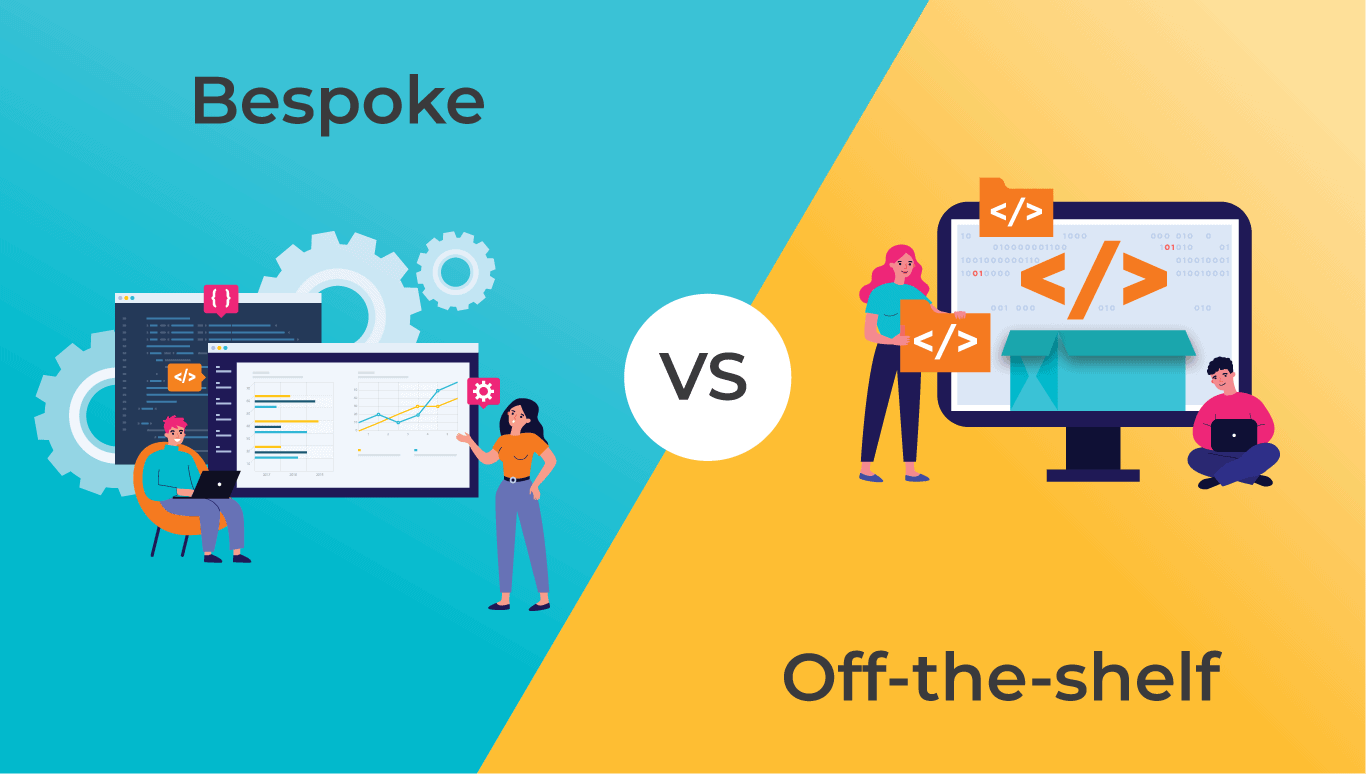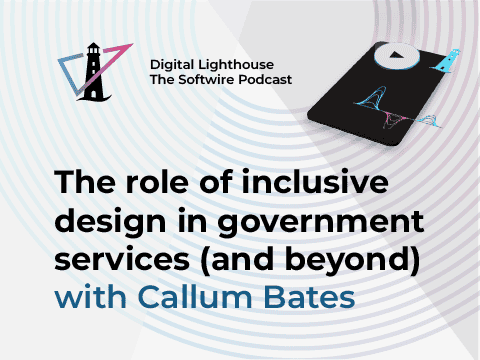
Many organisations ask us to build them bespoke systems to be used by their in-house teams. Their aims are typically to streamline business processes, reduce costs, or make their people more effective.
Bespoke CRM systems are a common request. Custom ERP is another area, and software to support finance functions also comes up regularly.
Our first question is always: ‘Do you genuinely need something completely bespoke?’.
This may seem odd for a bespoke software development company to ask. But the truth is that if an off-the-shelf application or service exists that does (most of) what you need, it will often be a more cost-effective, lower risk and quicker option than a fully bespoke solution, particularly for smaller organisations.
To help you make an informed decision on whether to go off-the-shelf or bespoke – or a hybrid – follow our step-by-step process below. We also outline what to do next if you decide bespoke development is the right route for you.
Understand what you need
Before searching for off-the-shelf products, it’s helpful to crystallise and articulate your requirements. Key things to establish about your new system include:
- The expected numbers of users (and growth forecasts)
- What your users need it to do
- The type(s) and volumes of data it will be handling, both today and in the future
- The business workflows it needs to support, and how
Assess the off-the-shelf landscape
Establishing your needs upfront helps you compare off-the-shelf products objectively. The next step is to find the right ones.
Be specific with your search terms. Sector and organisation size are good ones to use, to help you hone in on software designed with organisations like yours in mind. ‘CRM for charities’ or ‘accounting software for small businesses’ are two examples.
If you’re able to find an off-the-shelf product that does what you need, this will almost invariably be lower-cost than building something bespoke.
If you can’t find the perfect match…
Where a product’s feature set doesn’t quite align with what you’re after, you’ve several options.
Firstly, ask yourself if you genuinely need the missing capability. Could you work around it without too much inconvenience?
If the missing functionality is essential, it may be available in a premium version, or at a higher subscription tier. Would paying the extra give you what you need, and does the benefit justify the cost?
There may also be third-party plug-ins available that provide what you need. However, keep in mind that this adds complexity, as well reliance on an additional vendor, over whose product roadmap you may have no control. What would be the impact if the plug-in is discontinued, or stops working as a result of a change to the main product?
An alternative is to get a bespoke add-on built. This gives you control over the code, functionality and roadmap, but does mean you’re responsible for maintaining it.
If you still can’t achieve what you need, bespoke may be best
If you’ve explored all of the above avenues, and found you’re still not able to find a solution that will do what you need, then a fully bespoke build could be your best option.
To help you maximise the benefit you get from any bespoke solution you commission, and keep costs to a minimum, have a look at our insights piece on how to turn your big idea into digital reality. Note that while that article is written primarily for those creating a solution they plan to sell to customers, the same principles apply when you’re building software to use in-house.
And if you decide a bespoke solution is indeed what you require, and have funding in place to proceed, we’d be delighted to explore how we can help. Our Working with Softwire guide explains the process we’ll take you through, designed to ensure the product or service we build meets your organisation’s exact requirements.


